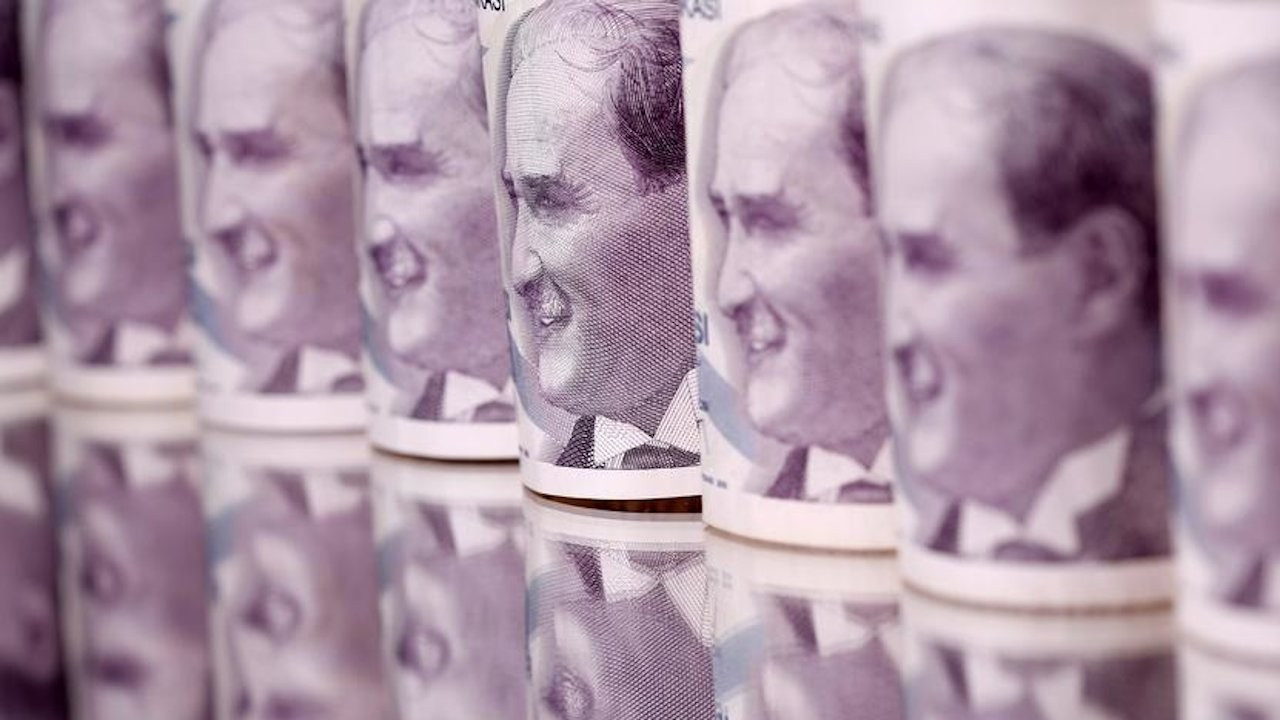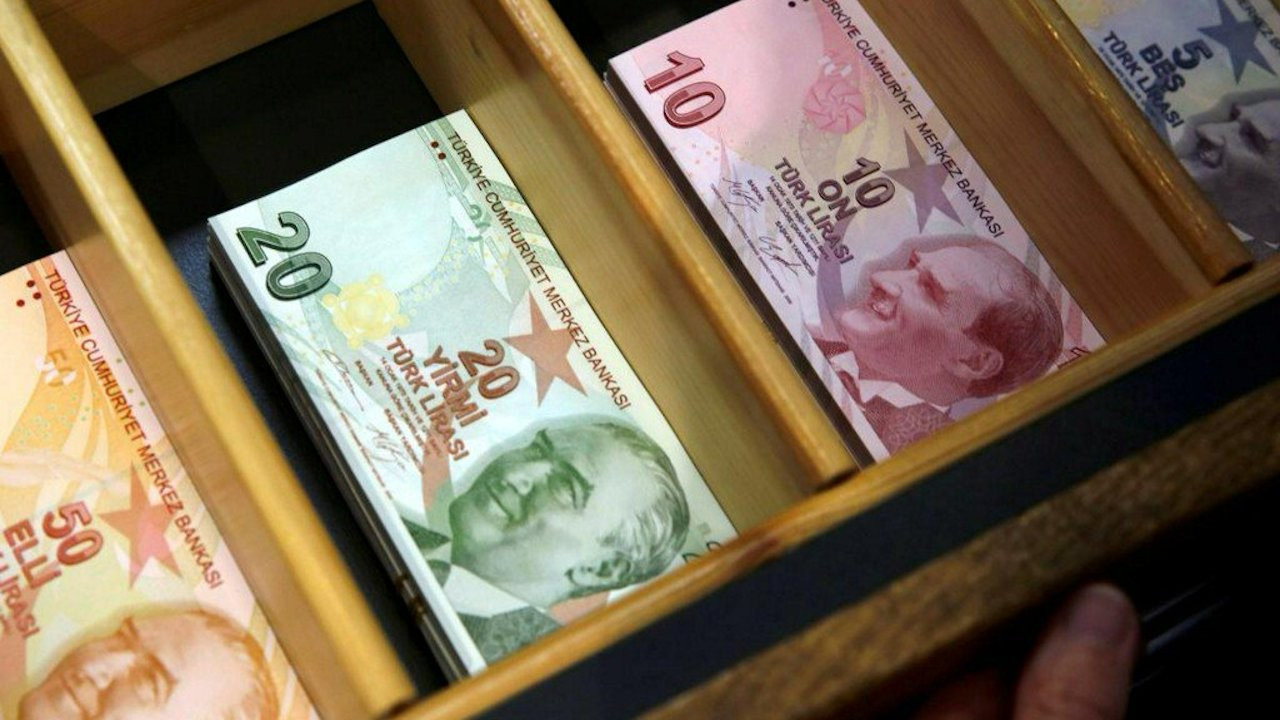The irony of dollarization in Turkey
Ali Rıza Güngen writes: Existing data indicates that the dollar rush continued to accelerate following the President’s calls for financial defense of the homeland. This 2.5-year period shows that in the fall of 2019, the thought that exchange rate attacks were behind us reduced the rate of increase, but the overall increase continued.
As of November 2020, a huge inflow of capital has been observed in Turkey. Unfortunately it has not been enough to make up for the spring months of 2020. The 15 billion dollar influx over a nine-week period, following a change in Turkey’s economy administration and an increase in interest rates, was partially driven by a major change in global financial circumstances. The end of 2020 and the beginning of 2021 have been periods that not only offer profitable investment opportunities to foreign actors, but commitments have been made to protect the Turkish Lira from long-term devaluation.
The continuation of these high interest rates, the subsequent recovery, which is happening slower than those at the top might have hoped for, and other macroeconomic problems may disrupt this new trend. For the first six weeks of 2021 the Turkish Lira has not been among the international currencies that gained the most against the dollar.
One may think that dollarization in Turkey has come to an end. It certainly has had a destructive effect on the funding composition of Turkey’s banking sector and the debt rollover of companies. Dollarization has been one of the major headaches of economic management in Turkey. If buying dollars means a decrease in savings overall, the rational citizen might be expected to sell their foreign currency and invest in domestic currency instead. However, the liability angle must be taken into account
While we can expect some foreign currency deposits to be reinvested into domestic lira-based assets, it is important to emphasize that the memories and trauma of ordinary citizens, local investors, have not been considered. While local investors insist upon foreign currency, foreign investors favor the lira.
Gold rush and dollar rush
The desire that the dollars and gold kept under mattresses be immediately pulled out and poured into financial markets and transition toward lira-type assets is a goal expressed almost as frequently as the production of high value-added products. In Turkey, it is possible to trace the decades-long politician attempts to encourage people to reinvest their savings. Calls for the conversion of foreign currency intensify when the dollar-based needs of the private sector grow rapidly and access to global financing becomes more difficult.
In the Black Sea city of Rize in August 2018, when the currency crisis was at its peak, President Recep Tayyip Erdoğan repeatedly called upon the public to sell their dollars. He even likened this act to joining the front lines in the economic war.
He said foreign countries thought Turkey would be devastated when the exchange rate skyrocketed. He said this country would not surrender. He said these were the bullets and missiles of the economic war aimed at our country.
If such political calls in Turkey were followed, there would be major changes to the lira. However, when these calls are made, they backfire. Between 2015 and 2017, households increased their gold deposits by 55 percent. Total foreign currency deposits increased by 50 percent from mid-2018 to 2021. We can describe the first increase as the gold rush and the second increase as the dollar rush.
Existing data indicates that the dollar rush continued to accelerate following the President’s calls for financial defense of the homeland. This 2.5-year period shows that in the fall of 2019, the thought that exchange rate attacks were behind us reduced the rate of increase, but the overall increase continued. During the first wave of the pandemic, economic closures finally stopped the increase in foreign currency deposits.
Economic recovery via loans has once again revealed the essential problems with Turkey’s accumulation model. As everyone continued to buy foreign currency, technically, in the eyes of the President, everybody is working against Turkey.
Reverse images for households
At the beginning of February, the total foreign currency deposits in Turkish banks amounted to 262 billion dollars. Compared to the beginning of the pandemic in 2020, there has been a 15 percent increase in such deposits. There has been no decrease in this recent period when the lira gained value. For this reason, it has been written in the press in recent weeks that the economic management trying to teach those “foreign-associated” citizens a lesson. A “reverse dollarization” was to be expected, they said. During the rapid valuation of the lira in 2021, the lack of any attempt to make up for the lost foreign currency reserves has resulted in the dollar falling below 7 liras.
I would like to draw attention to two mistakes made by Turkey’s economic management. The first is the preconception, which dominates the Central Bank economists and those who adopt similar stances, that they understand household behavior. The CB Financial Stability Reports and the economic perspective on which their assumptions are based have regarded households as the backbone of financial stability in Turkey for years. These households, supposedly, sold their foreign currency when the dollar rose and bought foreign currency when the lira gained value, thus acting as automatic stabilizers. However, the behavior of these households has worked in the opposite direction for years.
The second point is that even though they are accused of having short term memory loss, citizens do in fact remember the decisions and benchmarks of past crises. Their memory may be fragmented and blurry, but it still works. Calculations are done nonstop and people mostly listen to dollar scenarios.
Dollarization 101
The tendency of households to keep their assets in foreign currency has been heavily discussed by local politicians. Even though hypocrisy exists all over these political stances, the assets of households directly impact policy making.
The foreign exchange position deficit of non-financial firms in Turkey is just over 158 billion dollars according to November 2020 data. This figure was over 200 billion dollars before 2018-19. This is because the Babacan-Erdoğan duo, which allowed firms to borrow in foreign currency, essentially encouraged dollarization.
Regarding the question of when those households exchange their foreign currency, the treasury has encouraged dollarization by borrowing foreign currency like never before. In mid-2018, while the share of foreign currency debt in the central administration’s debt stock was around 40 percent, this rate increased to more than 56 percent by the end of 2020.
The lesson meant to be learned by international investors looks as if it has been totally normalized for households. The Central Bank needs to recover its reserves and capacity. As for the Erdoğan administration’s vision for the first half of 2021, there must be conversions in foreign currency deposits. This depends on millions of people who should be concerned for their savings and for whom a switch to the lira would mean they would experience fewer losses.
However, the last couple of months, after high interest rates and assurances, have been a period in which foreign investors switched to the lira, thinking they will gain more. This shows how financial markets operate as well as the deep irony of authoritarianism in Turkey.

 Fragility due to eroded reserves in the Turkish economyWorld
Fragility due to eroded reserves in the Turkish economyWorld Turkish Central Bank stays hawkish, holds rates steady at 17 pctEconomy
Turkish Central Bank stays hawkish, holds rates steady at 17 pctEconomy